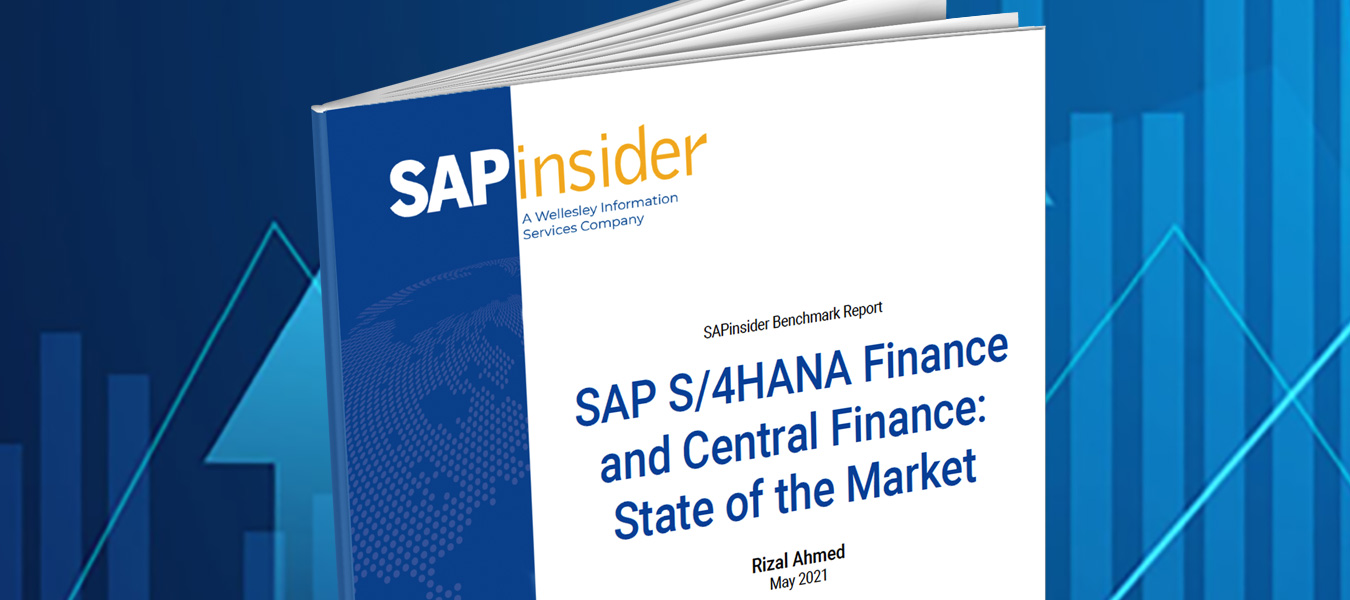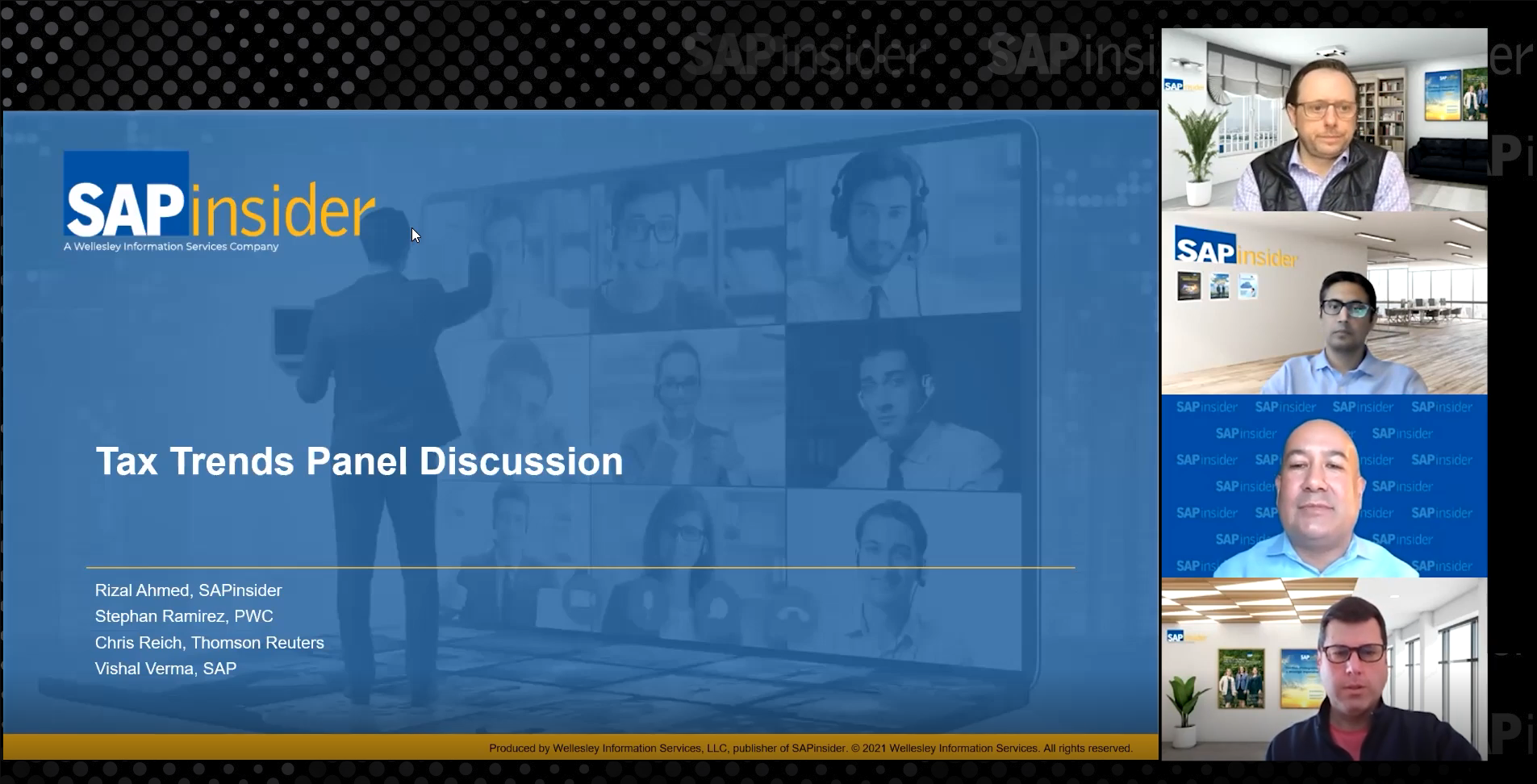Control Manufacturing Cost Even when Production Planning Runs in a Non-SAP System
See how to configure your SAP system to use CO production order functionality and learn tips about completing processes and transactions with this functionality. Key Concept A CO production order is an internal order that is used to capture plan and actual manufacturing costs. Its functionality is similar to other manufacturing orders, such as production...





